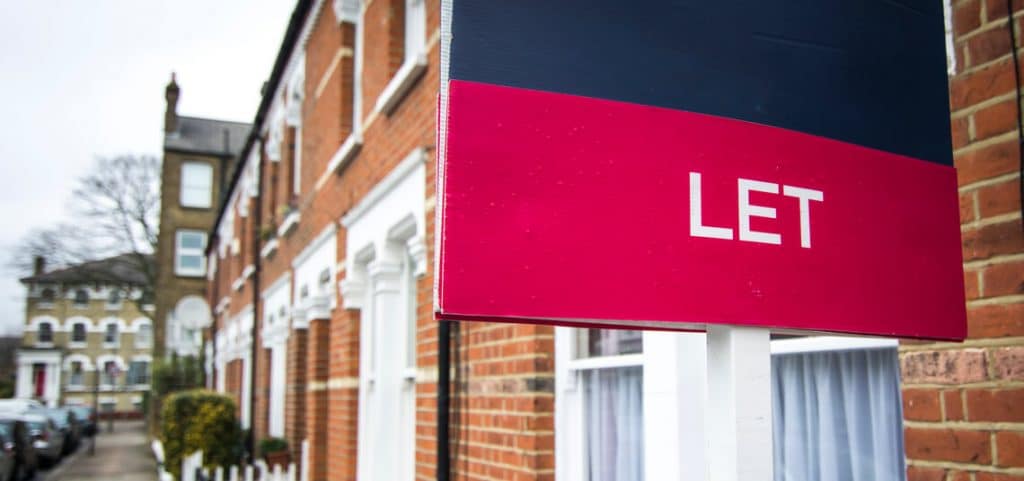There is every chance that you’ll need to get a mortgage to buy your home. Unless, of course, you have a bottomless pit of money to purchase lavish houses outright. But considering that 63% of all households have a mortgage on their property, you’ll probably need one too. So how do you get a mortgage? First-time buyers often ask themselves that very question, and trying to figure it out can be somewhat complicated. Worry not, though, because we’ve got you covered with our guide on how to obtain a mortgage.
What is a mortgage?
For example, a home valued at £300,000 with a 95% loan to value would see you paying a deposit of £15,000 and borrowing the other £285,000 for the mortgage. You would then pay off the £285,000 (plus interest) over the agreed time period, usually between 25 and 30 years.
Applying for a mortgage?
Use mortgage calculators
You need to know how much you could potentially borrow before applying for a mortgage. There are plenty of calculators available for doing just that, either on comparison websites or directly with a mortgage lender.
A mortgage calculator asks you to enter basic details such as how much you’d like to borrow and the deposit amount. If the house you want to buy costs £250,000 and the borrowing amount is 75% of its value, you will enter the deposit as £62,500 and a borrowing requirement of £187,500.
The calculator then returns how much you could potentially borrow against the deposit and a rough estimation of the monthly repayment costs. Mortgage calculators only offer a calculation and don’t give you a lending guarantee.
Choose a lender and find out if you qualify for a mortgage
Brokers
There are two primary ways to find a mortgage: using a broker or going with the lender directly. A broker acts as an intermediary and recommends mortgage options based on the information you’ve provided. Some brokers charge for their service; others offer it for free. All communication is with the broker, who passes on information from you to the lender and vice versa.
Direct with the lender
You also have the option of applying for a mortgage directly from the lender. Here at Molo, we offer mortgages straight to our customers – although we also work with brokers to offer you the best of both worlds. Applying for a mortgage straight from the lender sees you communicating with them directly – there is no intermediary.
Getting a MIP
Whether you use a broker or go directly with the lender, you’ll need a mortgage in principle (MIP). A MIP is a bit like a mortgage calculator, only slightly more official. It tells you how much you can borrow, assuming the information you entered is correct and provides a certificate to show estate agents and house sellers that you’re serious about buying a home.
However, a MIP isn’t a guarantee of a mortgage. That’s because lenders need to perform a credit check during the actual mortgage application process to see if you officially meet lending requirements. In contrast, a MIP doesn’t require a credit check and assumes that the information you provide is correct.
The application process
Once you have a MIP, it’s time to convert it into an actual mortgage. To do this, you’ll need to go through the application process, which requires information such as your current address, employment history, how much you earn, outgoings and pretty much anything to do with your recent financial history.
Usually, lenders require:
- Proof of identity
- Proof of address
- Employment history
- 3 months’ payslips
- 3 months’ bank statements
- 2 full tax returns if you’re self-employed
- Details about your monthly financial obligations
The time it takes to complete the application depends on many factors, including how quickly you provide the information and the speed at which the lender operates. You’ll also need to decide if you want to use an online lender, which can significantly speed up the mortgage process as everything is done digitally, and there isn’t any paperwork involved.
Online mortgage or offline?
Once upon a time, mortgage applications took place via scheduled appointments and required a copious amount of paperwork. Many processes still use this method, but there are online options like Molo. With Molo, the entire mortgage application takes place online, and there’s no need for paperwork or appointments.
It means a smoother and faster application process, plus you get your mortgage quicker. The average mortgage can take up to three months but is considerably faster when you move the process online.
There’s also more transparency with an online mortgage as you can access your account 24/7and go through the process at a time (and from a place) that suits you. On top of that, smart integrations with partners like Rightmove (house valuations) and Experian (credit checks) mean we can get access to all the info we need in just a few clicks and speed up your application.
Receiving the mortgage loan
You won’t actually receive the mortgage funds directly. After your application is successful, the lender will deposit the money to your solicitor, who you instructed during the house-buying process. The solicitor will then exchange contracts with the seller’s solicitor and transfer them the mortgage funds. It’s at this point when you get the keys for your new home and can begin your journey on the property ladder.
Finding the right mortgage for you
Getting a mortgage needn’t be a complicated or daunting process, especially when you use an online lender that can speed up and simplify everything. As long as you know how much you want to borrow and can afford the repayments, the rest is about finding the right offer for you and ensuring a smooth mortgage application.



